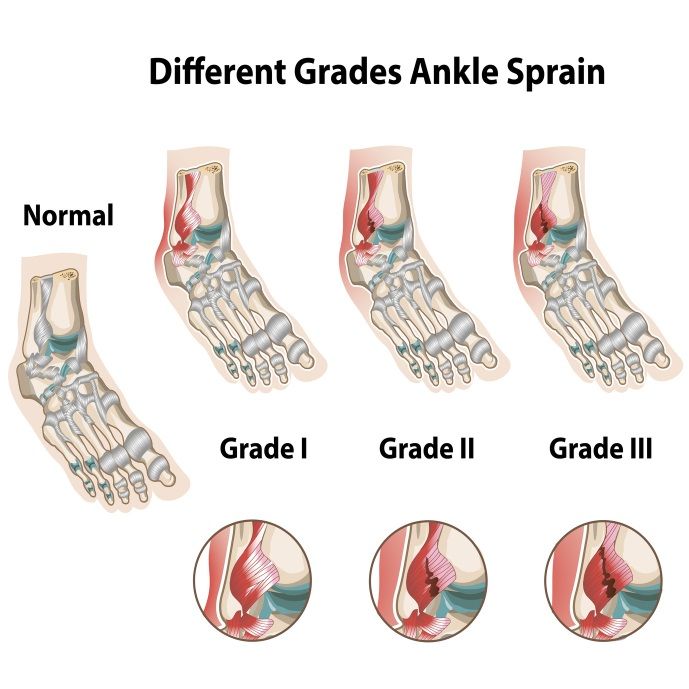What To Do When You Sprain Your Ankle
Sprains can happen to anyone, regardless whether they’re doing sports or not. And with how often they can happen, the basic know-hows on how to treat an injured ankle should be common knowledge for everyone! Read up on how to treat your injured appendage here.

A sprain is when your ligaments, the tough bands of fibrous tissue that connect two bones together in your joints, are stretched or torn. Ankle sprains are the most common of its kind. An ankle sprain may happen if you fall or trip, twisting your ankle too far or forcing the joint out of its normal position as a result. These kinds of injuries usually happen during sports activities or whenever you are walking or running on uneven surfaces.
The severity of your sprain depends on how much you stretched or torn your ligaments. Mild sprains usually do not have much pain or swelling, meaning that the ligaments had only been stretched. On the other hand, severe sprains are extremely painful. Aside from this, symptoms for severe sprains are usually tenderness, swelling, bruising, coldness or numbness in the foot, stiffness, and inability to walk or bear weight on the joint.
What Is The RICE Method?

Source: BetterBraces
There are different grades of ankle sprains, with Grade I being the mildest and Grade III being the most severe. The best treatment for mild sprains is to use the RICE approach. RICE stands for Rise, Ice, Compression, and Elevation. If you follow this approach and ensure that you keep your weight off of the affected area, there is no doubt that you will be back in shape in just a few days.
- Rest involves keeping off the injured ankle as much as possible. An air cast or splint may even be used to support the ankle, while severe sprains may require a hard cast.
- Ice is used to reduce swelling. Ice packs are usually applied for 20 minutes per hour as long as swelling persists.
- Compression involves supporting the ankle and foot with a firmly wrapped elastic bandage, compression stocking, or gel wrap.
- Elevation helps to minimize bruising and swelling. The foot should be kept above heart level as often as possible during the first 48 hours.
For severe sprains however, the RICE method just won’t cut it. Make sure to visit the doctor since you may need to get an x-ray. Based on your x-ray and what you doctor recommends, you may need to wear a brace, padded plaster, or even a plastic or fiberglass splint for ten days, or even up to six weeks.
When your doctor feels you’re ready to exercise again, you can help prevent further sprains and setbacks by wearing a semi-rigid ankle brace when you exercise. Before doing anything for your recovery however, make sure that you visit your doctor. You can book an appointment with a doctor near you using SeeYouDoc! We have pediatricians and general physicians alike who are experienced in their respective fields.
References: familydoctor.org
